It was a stormy night at the Lendbreen ice patch. The noise from the wind and the meltwater rushing down the ice was deafening. I had nearly fallen asleep, when I heard the sound of the zipper for my outer tent. It was Elling. “My tent is down. You are getting company!”
Elling Utvik Wammer has been with us in the field for a long time, and is thus uniquely equipped to give an insider view of how it is to be a glacier archaeologist. His day job is at the Norwegian Maritime Museum, but he thankfully manages to get time off for our fieldwork in the fall.
Q: Now Elling, tell us – how did you get into the glacial archaeology business?
Elling: I joined the fieldwork at the ice in Oppland County in 2007, a decade ago. At the time, there was no rescue program and no established field methods. Locals had reported finds at a few ice patches in the Jotunheimen Mountains, and our job was to check two of them out. The first year was very special, and I was hooked for life!
The Juvfonne ice patch was the first site we checked. It had hundreds of well-preserved wooden scaring sticks lying in the scree. I remember being skeptical as to the date of the objects. Iron Age?? Come on, they looked like something lost the year before! I was used to only finding artefacts of stone and metal during archaeological fieldwork. Since then, I have heard the same reaction from colleagues and field visitors many times.
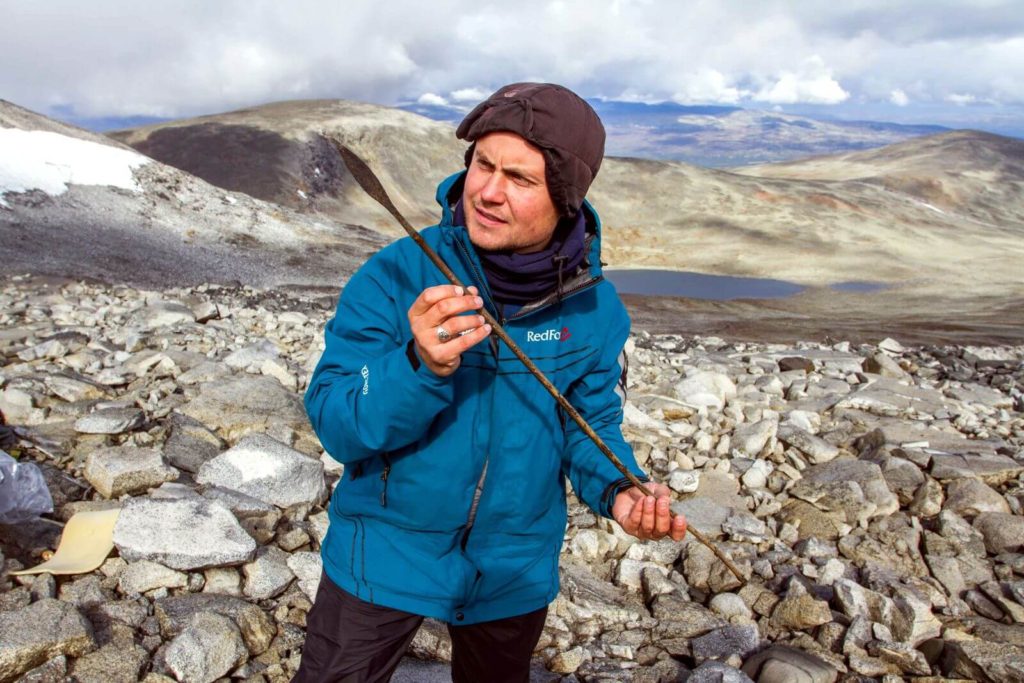
When we checked the second site, I began to realize that these objects really were old, and that they had been preserved by the ice. This site had Iron Age arrows, and the shape of the arrowheads showed that there was no way that they were modern. This site also gave a preview of some of the challenges we would face rescuing individual finds. We found a very fragile split bird feather from Viking Age fletching, which was frozen to stones and sediments. There was nothing in the archaeological field manuals on how to deal with such a find.
The first field season was a real eye-opener. It would not be wrong to state that the learning curve was as steep as the mountains of Jotunheimen!
Q: You couldn’t wait for the next field season?
Elling: Yes, I was all set, but 2008 was a downer. The winter brought a lot of snow, and the summer was cold, so no melting and no fieldwork. This is also part of glacial archaeology. We understood that this was good for artefact preservation, but at the same time, we were disappointed by not being able to go into the field.
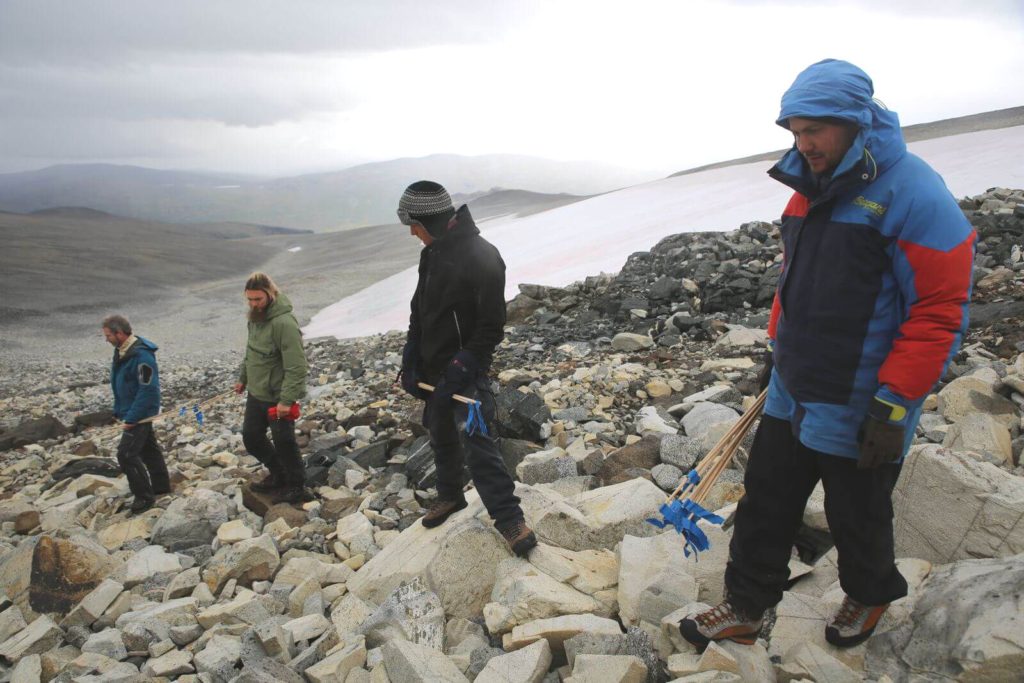
The melting was back in 2009. By then, we had planned a large-scale systematic survey of the Juvfonne site. This was a big challenge. I mean, we are talking a survey area of scree covering more than seven soccer fields at an altitude of more than 1800 m! Using a combined team of archaeologists and volunteers, we were able to do the job in two weeks of long working days. We were helped by the fact that Juvfonne, as probably the only archaeological ice patch site in the world, is situated near a paved road and a mountain cabin.
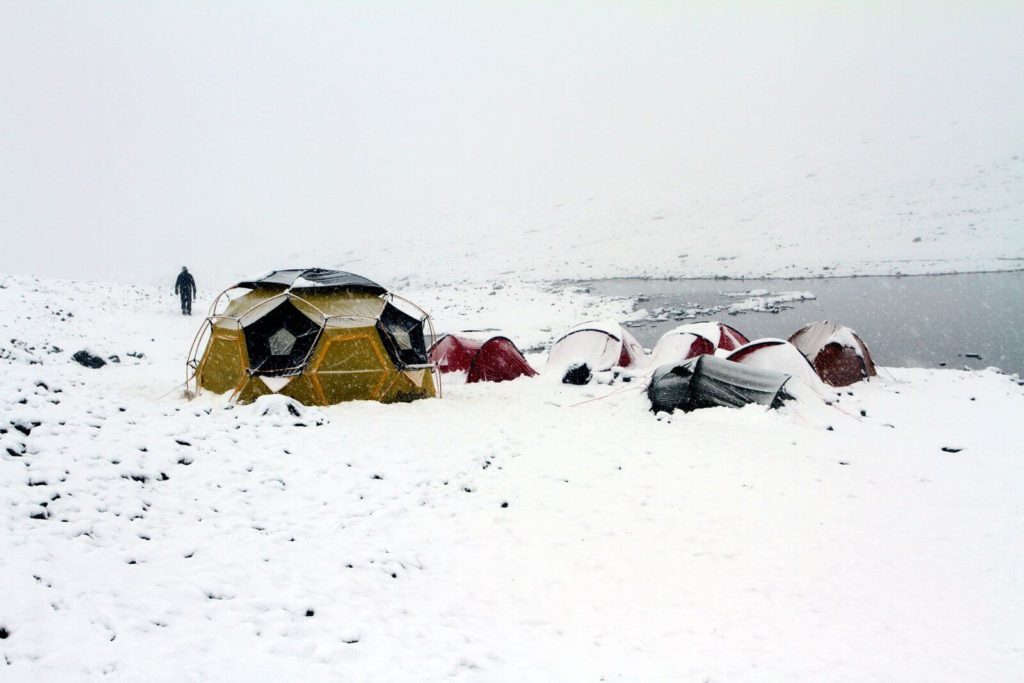
Q: In hindsight, having just 15 minutes walking distance to a three-course meal and a comfortable bed seems a bit like cheating. Glacial archaeology is not always like this?
Elling: No, Juvfonne is one of a kind. The other sites are far from any roads and most nights are spent in tents above 1600 m. We try to establish the camp as close to the ice as possible to save time. Conditions may be very rough in the high mountains, even in August. We have been snowed-in for days, and have had tents collapse during the night due to strong winds.
Q: If you were to pick three absolute highlights from your job as a glacier archaeologist, which ones would you pick?
Elling: Oh man, it is hard to pick only three highlights from a decade of glacial archaeology. We have discovered finds of international significance nearly every field season.
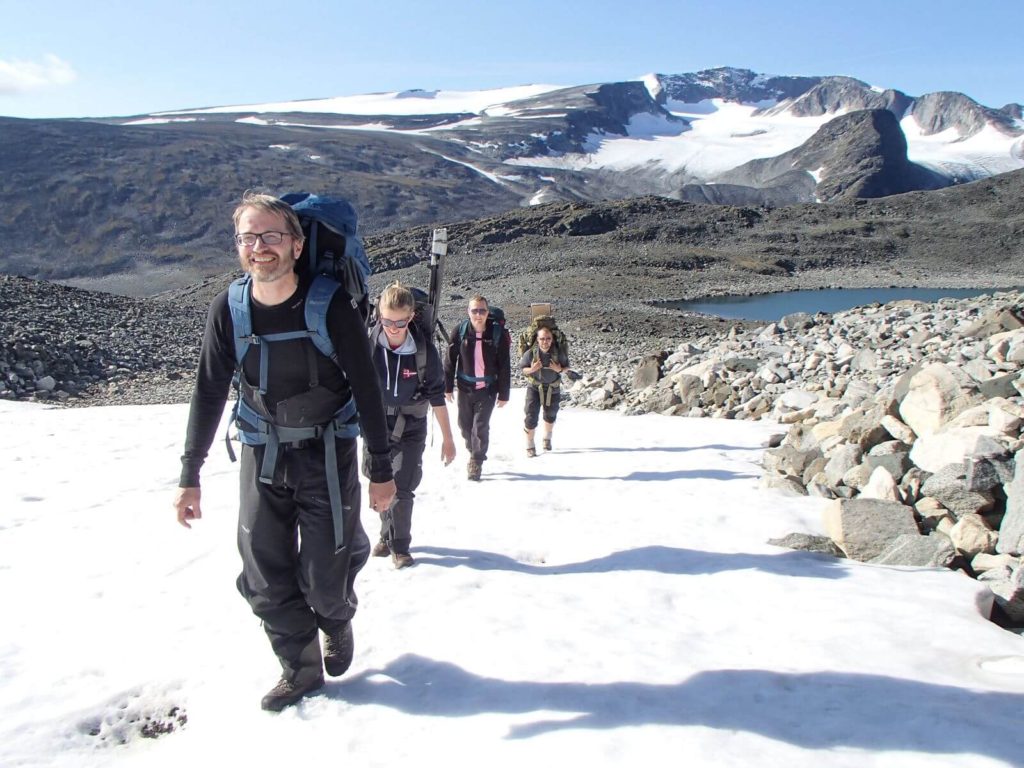
I really enjoyed the day we discovered the 2000 m-+ site in east Jotunheimen. The walk up this mountain is long and steep, with a fantastic view towards Mount Glittertind (2452 m). The ice patch is quite small, and situated in a slope with abysses on each side. The experience of being the first archaeologists here and discovering hundreds of scaring sticks and other finds in front of the ice is just unbeatable. Until this day, this is my favorite ice site. It really makes me think about the ancient hunters, the movement of the reindeer and the wild mountain nature.
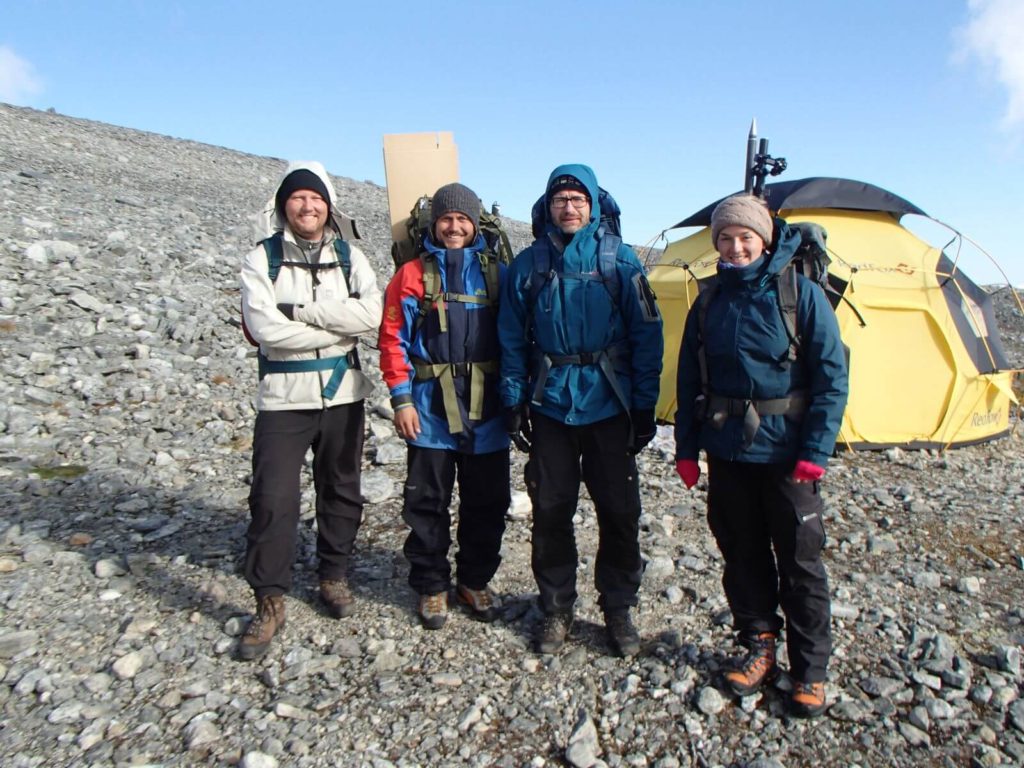
Of course, discovering the glaciated mountain pass at Lendbreen in 2011 also ranks among the best. These were days of adventure. It felt like time stood still, even though we were working around the clock to rescue as many finds as possible before the snow came. The finds from this site are just unbelievable, everything from hide-shoes and household items to walking sticks and clothing. The 1700-year-old tunic and the Viking Age mitten are just two examples.
The third personal favorite was a late autumn day in 2013, when Reidar Marstein and I found the highest archaeological site in Norway. We had been through a VERY long day of checking ice patches with zero result. At the end of the day, we had reached the highest ice patch of them all. We were setting up the gas cooker to prepare a hot meal before the long hike down. And there it was: A Viking Age arrowhead and shaft stuck in the ice at 2200 m. The thought of humans hunting at this altitude a thousand years ago was just mind-blowing.
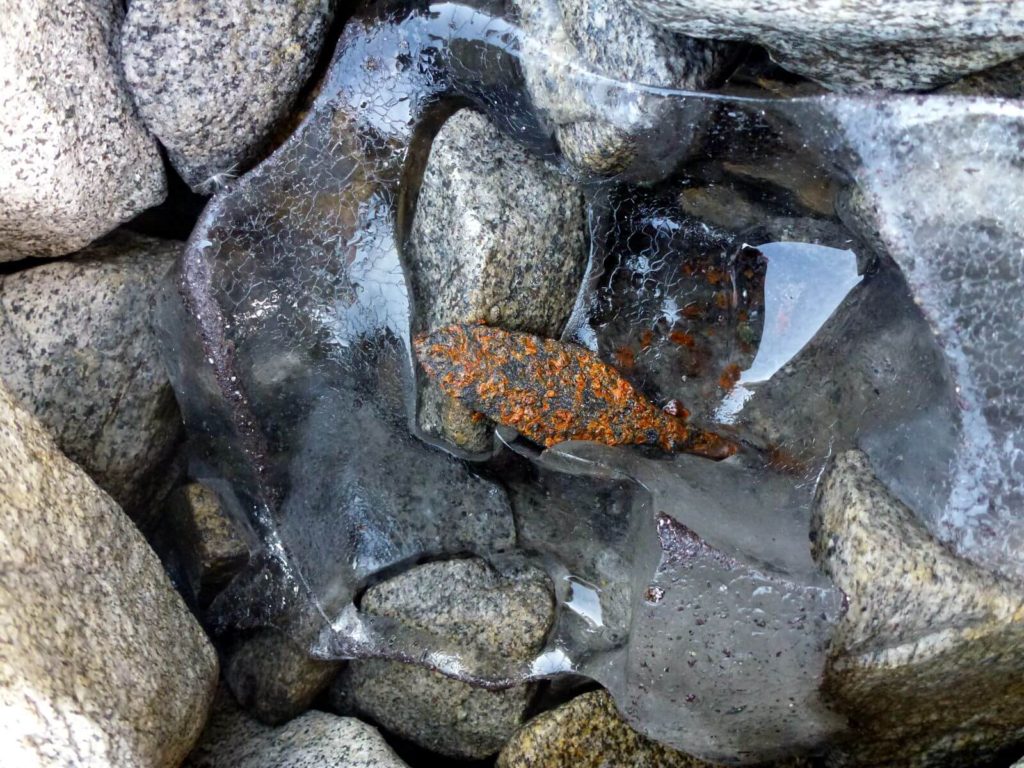
Q: What is your main task in the field?
Elling: The field crew has two main tasks – finding the artefacts and collecting them. I was a member of the team documenting and collecting the finds during the first years. Now I am directing the survey-team.
Q: Was does it take to be a good glacier archaeologist?
Elling: Much the same as being a good field archaeologist in general. Both are outdoor activities, and it is very important that the quality of the field documentation stays high, no matter the conditions. The conditions in the high mountains are often appalling! In addition, you need to be physically fit, as we survey for many hours every day in steep terrain with a large backpack. You also must be used to the high mountains, including the use of maps and compass, and be able to make the right calls concerning safety issues.
It is also an advantage not to bother too much about your personal hygiene or the hygiene of the rest of the team, as we stay up to two weeks in the same tent. On trips where we do not have access to helicopter transport and carry our food into the high mountains, we rely on freeze-dried meals, so you cannot be a picky eater. A good sense of humour and a good team spirit is also essential.
Q: What do you enjoy the most during fieldwork?
Elling: For me, it is the combination of incredibly exciting archaeology, combining with the stunning natural scenery. The outdoor life, the high mountains and archaeology is an unbeatable combination. What I remember well are the days with nice weather, the view and finding the ancient artefacts. The days with freezing temperatures and few finds tend to be forgotten.
Q: How are you envisioning the future of the high mountains and the ice here with the on-going climate change?
Elling: Even though I am very happy to be part of this adventure, the finds obviously have a dark side to them. Climate scientists have calculated that nearly all the ice in the high mountains of Norway will have melted away by the end of this century. The sad truth is that the high-alpine landscape, as we know it, will disappear. At the same time, I am worried that we will not be able to save all the artefacts released by the melting ice. We, and our colleagues here in Norway, in the Alps and in North America, have a lot of ground to cover and an important job to do.
Q: And OK, at last the question we get most often: What is your dream find?
Elling: As a glacier archaeologist, we quite often get the question if we dream about finding a Norwegian Ötzi. It may sound like a cliché, but it would be incredibly cool to find a fully dressed and equipped hunter in the ice. Considering all the great information scientists have been able to extract from Ötzi, I guess this would be my dream find. I cannot think of any other find, which could answer the ultimate question: Who were these hunters?
